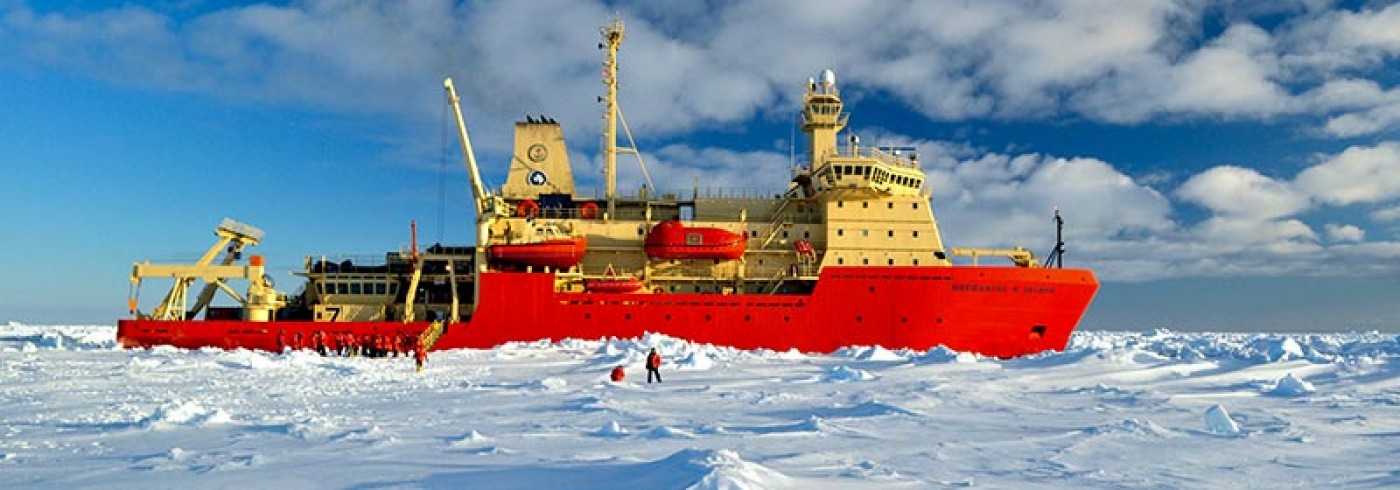A polynya is an area of open water surrounded by sea ice. The water remains open because of processes that prevent sea ice from forming or that quickly move sea ice out of the region. The PIPERS expedition will undertake a study of the Ross Sea Polynya, Terra Nova Bay Polynya and adjacent sea ice regions in Antarctica. The aim of the expedition is to investigate the winter atmosphere-ocean-sea ice interaction in the western Ross Sea.
Researchers from Stockholm University will contribute measuring equipment to the Belgian research project Isotopic Investigation of Greenhouse Gases in Polar Regions: An Ocean-Ice-Atmosphere Continuum (ISOGGAP). The project is led by researchers from Université libre de Bruxelles in Belgium.
During the expedition, the researchers will make continuous measurements of methane and carbon dioxide in the near-surface atmosphere. Similar measurements have previously been made in the Arctic Ocean and surrounding seas during research expeditions on board the Swedish icebreaker Oden.
The data from the expedition will allow a first look at sea-atmosphere fluxes of these greenhouse gases in Antarctica. Combining our measurements with other measurements during the expedition, will allow the determination of sea-atmosphere fluxes of methane and carbon dioxide during late autumn conditions in the Ross Sea.
Principal investigators
Patrick Crill
Department of Geological Sciences, Stockholm University
Brett Thornton
Department of Geological Sciences, Stockholm University

